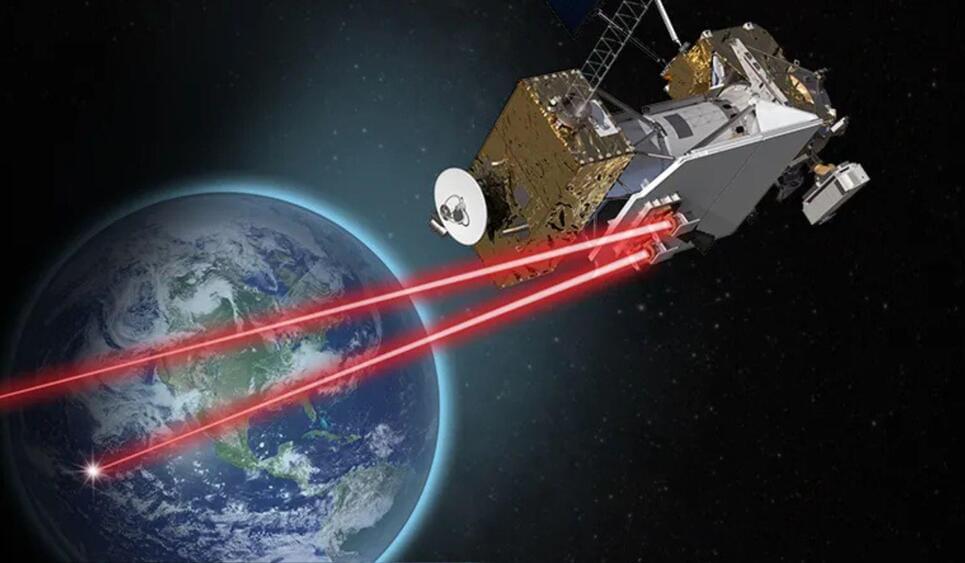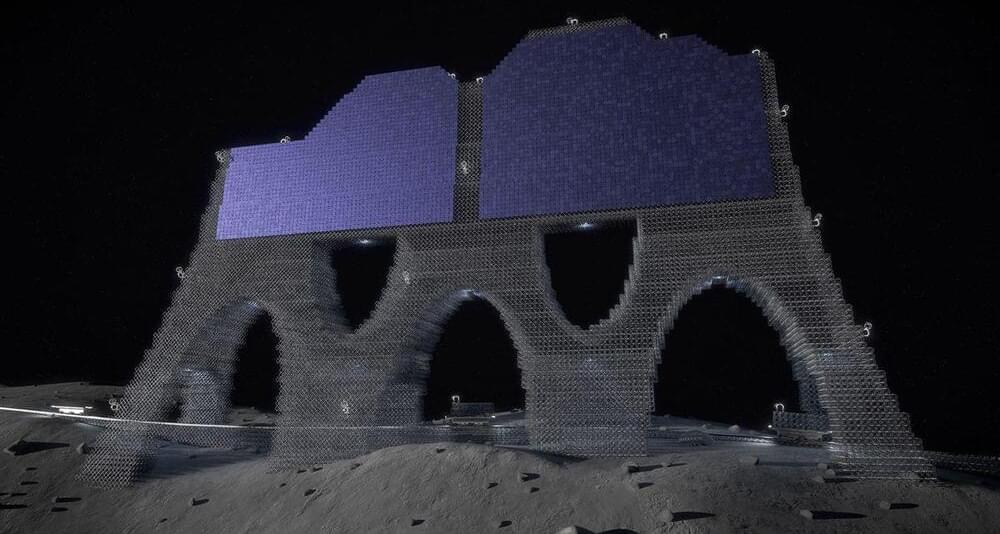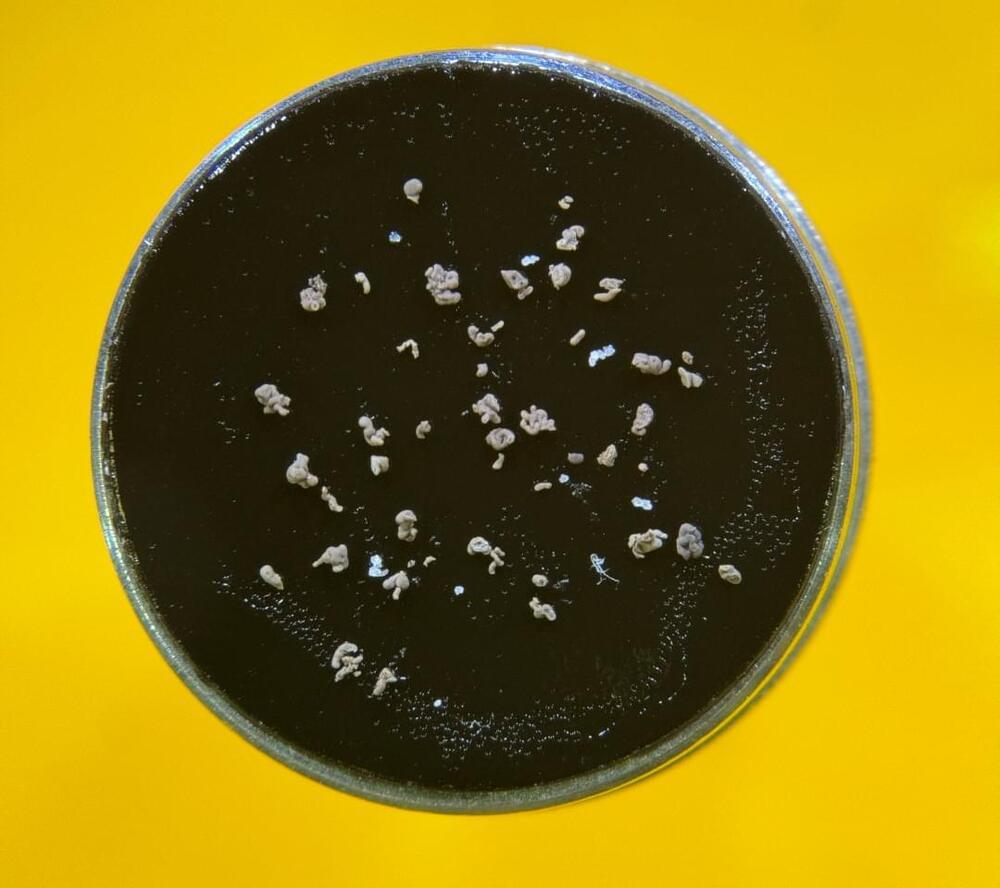There might not be a mysterious ‘dark’ force accelerating the expansion of the Universe after all. The truth could be much stranger – bubbles of space where time passes at drastically different rates.
The passage of time isn’t as constant as our experience with it suggests. Areas of higher gravity experience a slower pace of time compared with areas where gravity is weaker, a fact that could have some pretty major implications on how we compare rates of cosmic expansion according to a recently developed model called timescape cosmology.
Discrepancies in how fast time passes in different regions of the Universe could add up to billions of years, giving some places more time to expand than others. When we look at distant objects through these time-warping bubbles, it could create the illusion that the expansion of the Universe is accelerating.

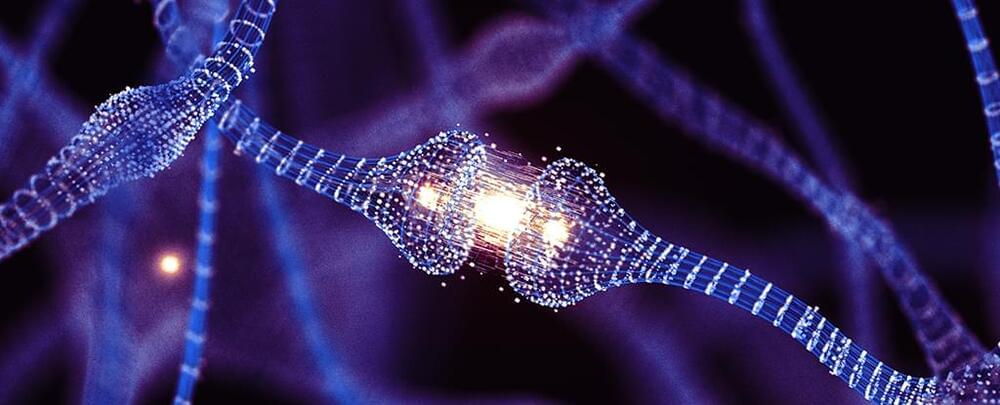
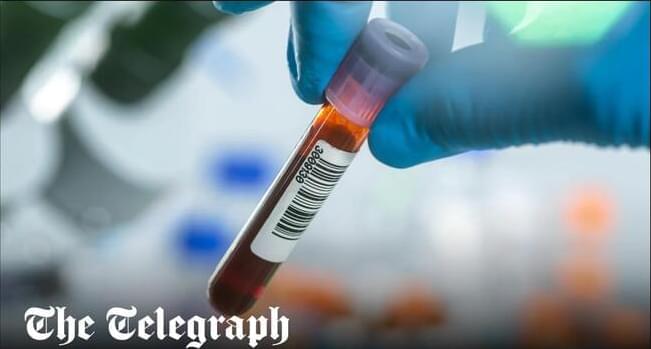




 Services I Use & Recommend: Descript:
Services I Use & Recommend: Descript: 